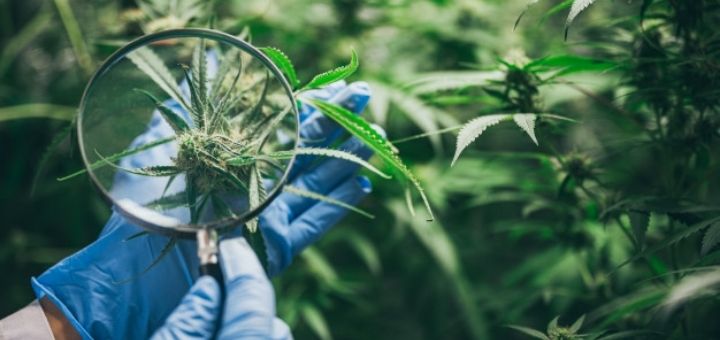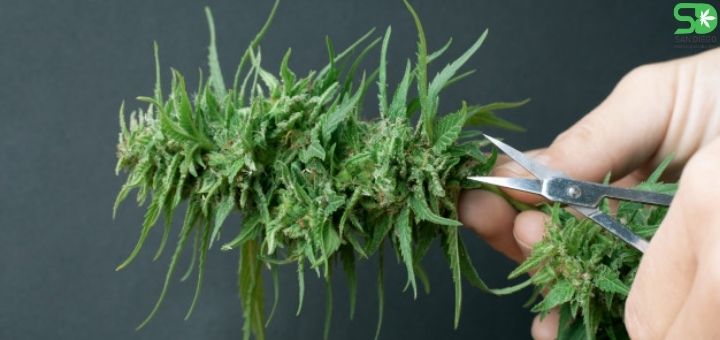If you have recently started your cannabis treatment, I’m sure you must have realized that there are a number of different aspects that you still need to learn about cannabis. It is a relatively new addition to the medical world which is why it’s crucial that the consumer follows every step to enjoy the best experience. One such step that a medical patient needs to understand is the difference between cannabis strains.
If you got the chance to have a conversation with your marijuana doctor in San Diego, you may have come across the term ‘strain’.
Well, just like your chocolate bars, cannabis also comes in different types. The difference here is that they are not only different in taste but also effects. This is why it is important for a patient to determine a strain that best suits their needs.
Main Classifications of Cannabis Strains: Indica, Sativa and Hybrids
I understand the confusion when it comes to deciding a cannabis strain. There are more than a thousand different varieties. How can you choose one? Trying one at a time is definitely not an option.
Well, in this case, starting from the basics can be a good idea. The thousands of cannabis strains are broadly classified into three primary categories called Indica, Sativa and Hybrids.
Each of these varieties deliver different therapeutic effects for the consumer. So, understanding the effects of each category can give you a headstart into choosing the strain that will be your best pick. Here’s a closer look into the three strain types.
Indica
If you enjoy the high of cannabis and other effects related to a psychedelic feeling, Indica is your best choice. This type of strain is perfect for obtaining the physical effects. It is known to calm the body, reduce muscle tension and relieve pain or any physical discomfort. For example, for people who are unable to sleep due to chronic pain, Indica strain can provide the best relief. On the other hand, Indica strains are also the type that tend to cause dry mouth and couch locking high if not consumed properly.
It is advised to use the strain during night time. Since it can cause a strong high, it’s unsafe to use it during day time or while doing daily chores. Some of the popular Indica cannabis strains are Bubba Kush, Northern Lights, Granddaddy Purple and Ice Cream Cake.
Sativa
On the opposite spectrum of cannabis strains is Sativa. While Indica is able to put a consumer to sleep, Sativa is more appropriate for someone who seeks to uplift their energy levels. It is more helpful in providing cerebral effects that can impact your mood and emotions. People suffering from mental health issues prefer Sativa strains. It is also a good pick if you need to improve your creativity or focus.
Since Sativa doesn’t create strong high feelings, these can be used in day time while performing daily activities. Some of the popular Sativa cannabis strains are Sour Diesel, Durban Poison, Harlequin and Lemon Haze.
Hybrids
As the name suggests, it is a variety that offers you best of both worlds. It delivers a mixture of Sativa as well as Indica effects. Some of the popular hybrid cannabis strains are Blue Dream, OG Kush, Wedding Cake and Pineapple Express.
Understanding the basic effects of each strain category is a good way to anticipate the effects of your choice of strain. However, one thing to remember is that not all cannabis strains deliver the effects as mentioned. Due to extensive breeding, strains may not exhibit pure characteristics of Indica, Sativa or Hybrid.
Difference in Chemical Compositions
It’s true that cannabis strains have different effects based on the strain type but do you know what makes them deliver such varying effects? It’s their chemical composition. Choosing the right strain will also depend on the presence or absence of the following chemicals.
Cannabinoids
The primary work force of cannabis are the cannabinoids. These are the chemicals that bind with your CB receptors and alter the body and brain functions to deliver a variety of therapeutic effects.
Now, there are hundreds of cannabinoids in a cannabis plant. The most popular ones are THC, CBD, THCV, CBN and CBG. Each strain has a different combination of these cannabinoids and in different ratios. You can ask your marijuana doctor San Diego to give you an idea about the concentration of cannabinoids you need so that you can pinpoint the cannabis strain that is best for you.
Terpenes
The next set of chemicals that are important are the terpenes. These are responsible for the flavor and smell of a cannabis strain. However, they also play a crucial part in exhibiting the entourage effect or enhancing the healing properties of the cannabinoids.
Now you know why it is important to find a strain that’ll deliver the best effects for your health condition. So, keeping these major differences in mind, go ahead and find the best match for yourself.





